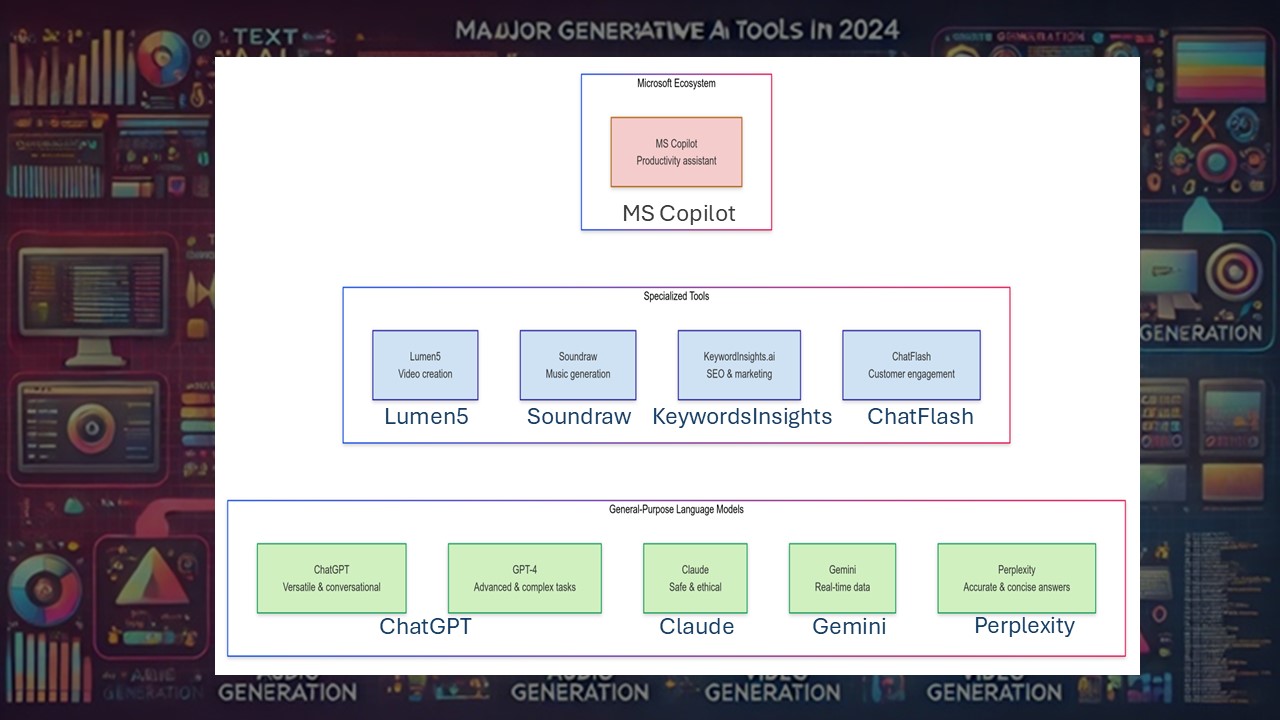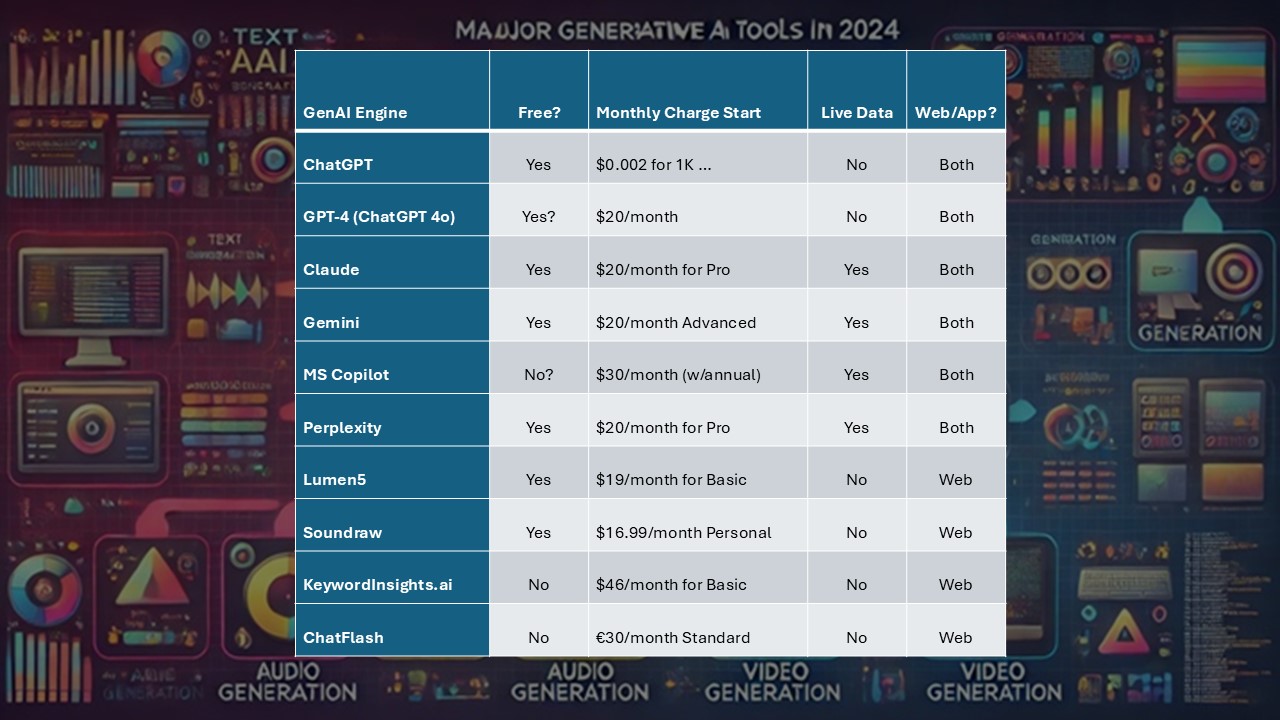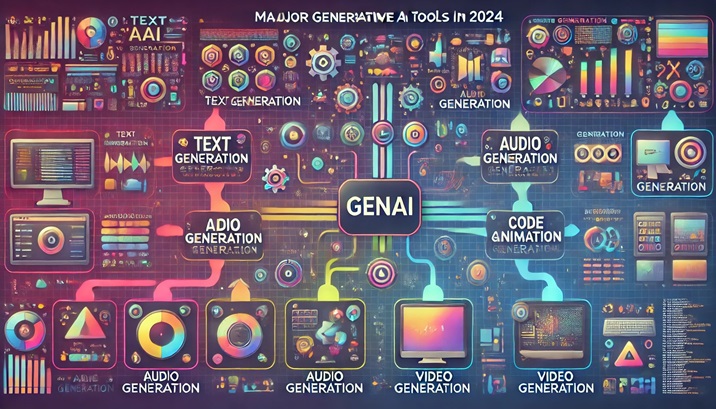 |
| Renewable Energy Patents in 2019 |
As you look at the companies
that are winners in Renewable Energy (RE) you have distinct winners (and
losers, especially in the fossil fuel world). But there are entire countries
that stand to win as well. Several countries have become exporters of energy,
for example, when they produce more regional energy than they can use. I like
the image set related to 25 areas/countries that are winners in Renewable
Energy (at LoveMoney.com,
The world’s greenest nations that are reaping the rewards). Here’s Love/Money’s
take on China, both in terms of the technology (Intellectual Property) and the
manufacturing/exporting:
“Of all patents for renewable energy issued globally, as of 2016 China
has 29%. That’s more than 150,000 patents, which underlines the focus of
China’s investment in the industry. So it’s not a shock that the country
has been dubbed a “renewable energy superpower” in a recent report issued
by the Global Commission on the Geopolitics of Energy Transformation. The
report argued that, as renewables come to fossil fuels globally, new energy
leaders will emerge.”
The US had only 100,000
patents (vs 150,000 for China) and Europe had 75,000 in renewables according to
the Forbesanalysis in Jan 2019. Overall,
patents in renewables has made impressive progress, even though RE patents are
only 1% of all patents (and other high-tech categories like computers are about
6%). Check out the great article at the World Intellectual Property
Organization (WIPO) on RenewableEnergy patents by James Nurton. More than half of the RE patents through
the Patent Cooperation Treaty (PCT) are in solar. Fuel Cell technology has
consistently exceeded Wind in terms of patents. Fuel Cell (using hydrogen) is
important because it can function as battery, battery backup, stationary power
and portable power. Geothermal is trivial are of RE patent activity. When the
RE “international” patents (PCTs) are registered at the national level the
first three countries are: Japan, USA, and Germany.
“China
is currently the world’s largest exporter of solar panels, wind turbines,
batteries and electric vehicles. The country is well-suited to wind power
production, and it has an estimated potential capacity of 2,380 gigawatts.
What’s more, many Chinese companies are investing in renewables.”
Keep in mind that many things sustainable are lower tech,
not higher tech. Much, if not most of sustainable solutions does not require
break-through solutions. Using less energy can be very low tech (turning the
lights out when out). Driving less (by telework) can be no tech. But in the cases
where leading tech can be a major competitive advantage, he owners of IP will
win.
And the final question: how do we get to 100% renewable
energy in a reasonably short period of time?
#RenewableEnergy #REPatents #IntellectualProperty
#IntellZine #SustainZine #WIPO #Sustainability #PCT #REInvestment #Solar #Wind
#RE100







